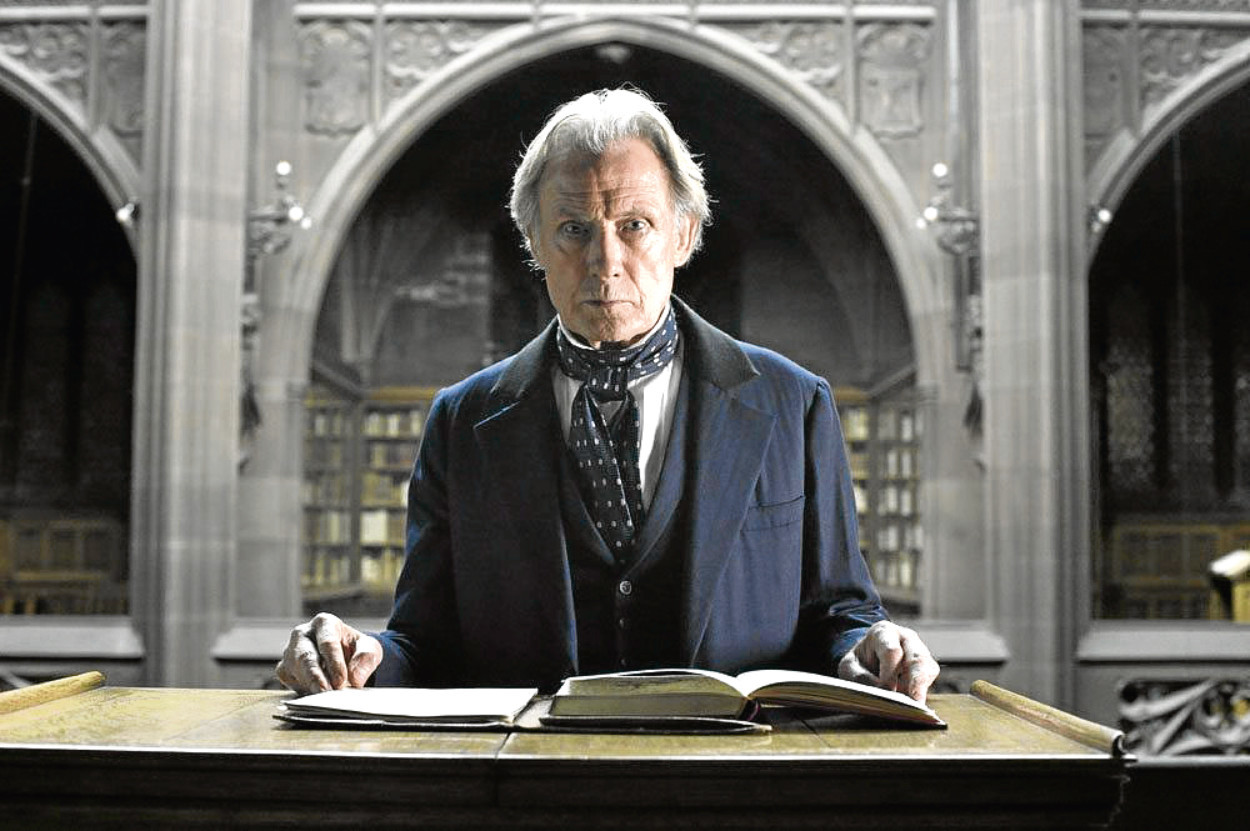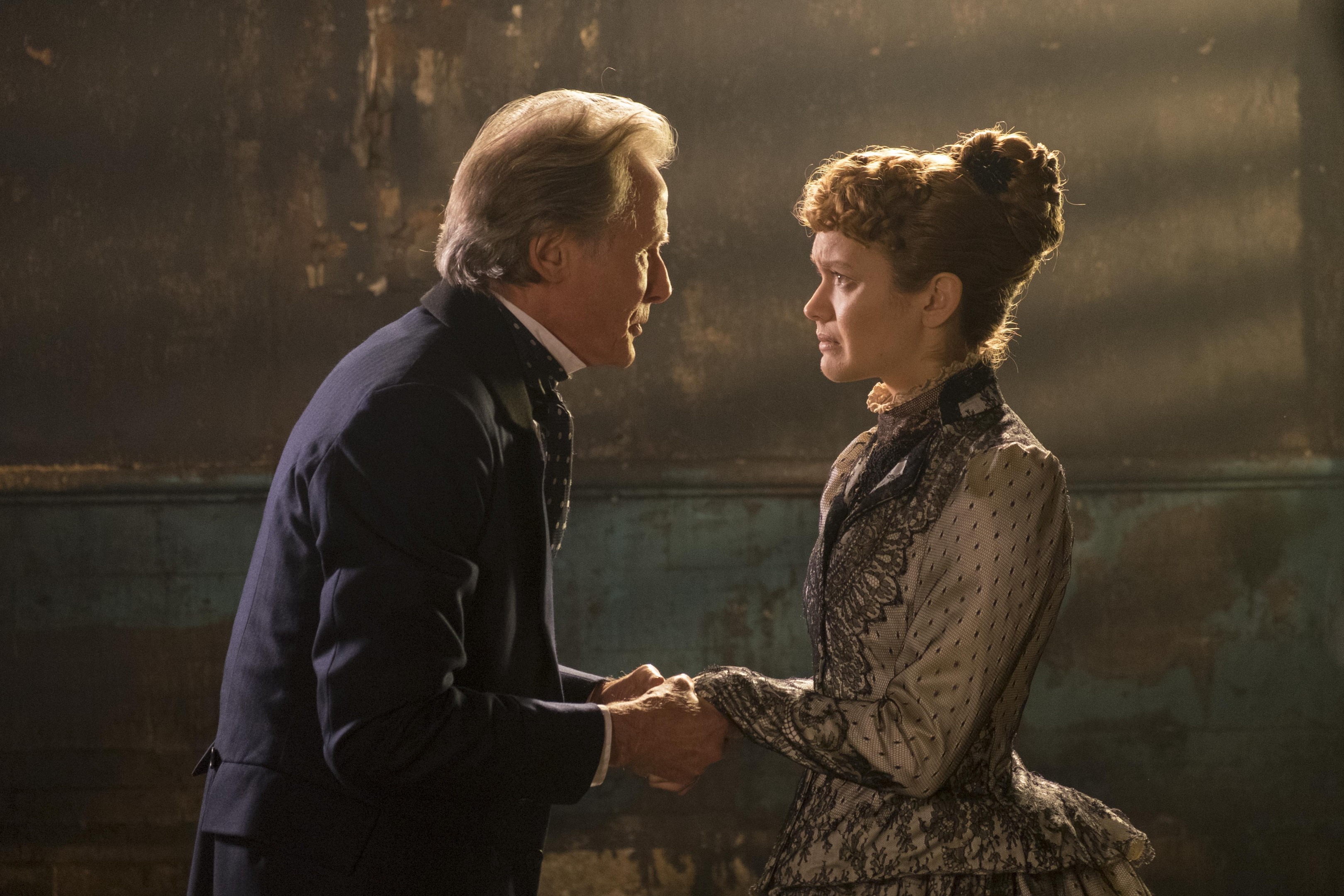
RIPPER STREET fans might find the plot of Bill Nighy’s new film familiar.
The Limehouse Golem is a murder mystery set in Victorian London, where a series of grisly, Jack The Ripper-style killings has shaken the largely Jewish community to the point where people believe that only a legendary creature from dark times — the mythical golem — can be responsible.
It’s based on a real-life series of murders that shook the East End in the 1880s that also formed the plot for the final two series of the bloodspattered BBC drama.
As Bill Nighy explains: “Golem is a Jewish folklore word meaning monster or demon.
“I play, and I always get a bang out of saying this, Detective Superintendent John Kildare of Scotland Yard — I never say that without feeling good about myself!
“It’s a serial-killer movie. It’s 1884, there’s a lot of fog, a lot of blood and myself and Danny Mays wander through London looking for clues.
“Danny is my constable, but he’s more than just a constable — though I can’t tell you anything more about that just now, you’ll have to go and see the film!
“Olivia Cooke the wonderful young actress from Oldham is our leading lady.
She’s just been taken up by Stephen Spielberg for his new movie, and there are many other people that you will know and recognise and admire.”
Despite the picture being set in London, Limehouse now being part of the borough of Tower Hamlets, it wasn’t filmed in the East End.
Instead, West Yorkshire was called on to stand in for the Dickensian streets of the Big Smoke, with locations used in Leeds and Keighley.
Some scenes were also shot in Manchester, with Nighy and Mays being spotted on set in Deansgate.
One thing the producers didn’t have to worry about was Nighy knowing his lines.
As he says: “People always think that’s the hard part. Anyone can learn lines, actors haven’t got special brains or anything.
“You just sit there long enough and you will learn the lines. You have your breakfast at nine, go into the living-room at 10 and you start with the first line.
“You say it 18 times, then attach it to the second line and say both 19 times and you go through the script.
“You stop and have your lunch at one o’clock, then you resume at two and by four, your brain goes and you can have the rest of the day off.
“You do that for a week, and every morning you review what you did yesterday.
“You just bang it out and after a while, it seems to stick.
“In Britain, there used to be a taboo about doing that which I think was just a way of avoiding homework.
“It used to be my party trick when I was young — I could learn large numbers of lines quite quickly.”
Alan Rickman was originally cast as Kildare, but had to withdraw from the project due to his declining health after being diagnosed with pancreatic cancer.
The film is dedicated to Rickman, who died in January last year.
The Limehouse Golem is in cinemas now.

Enjoy the convenience of having The Sunday Post delivered as a digital ePaper straight to your smartphone, tablet or computer.
Subscribe for only £5.49 a month and enjoy all the benefits of the printed paper as a digital replica.
Subscribe